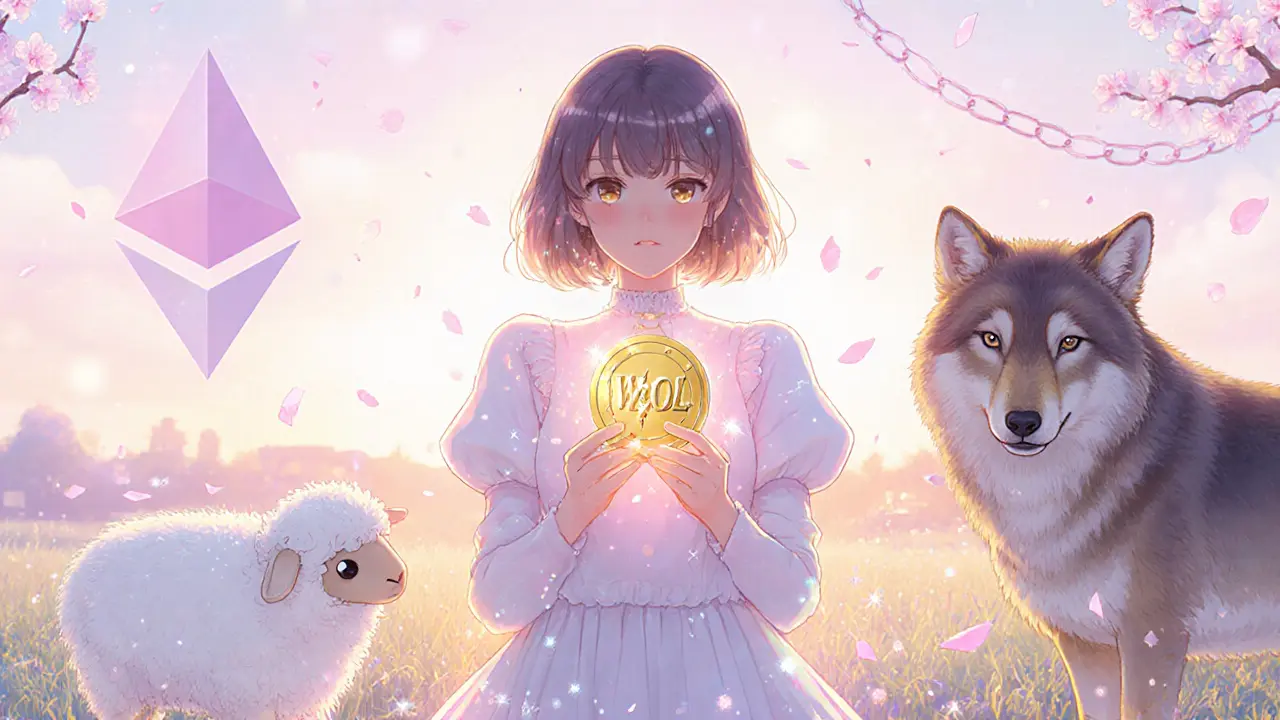ERC-20 Wool: What It Is and Why It Matters
When working with ERC-20 Wool, a community‑driven meme token built on the Ethereum blockchain. Also known as Wool Token, it mixes humor with real utility. ERC-20 Wool encompasses a set of tokenomics rules that decide how new coins are minted and distributed. It requires an ERC-20 token, the standard protocol for fungible assets on Ethereum to function, meaning any wallet that supports ERC‑20 can hold Wool. The token’s tokenomics, supply schedule, fee structure, and burn mechanisms directly influence its price volatility and community incentives, especially during airdrop events.
Key Concepts Around Wool
Because Wool follows the ERC‑20 standard, developers can add it to DeFi protocols, liquidity farms, and NFT projects without extra code. The airdrop model often used by Wool rewards early adopters, which ties back to its tokenomics: a portion of the total supply is reserved for free distribution, boosting network effects. Understanding how smart contracts enforce these rules helps you gauge risk and potential reward. If you’re curious about how Wool stacks up against other meme tokens, look at its utility layer—some users stake Wool to earn governance rights or access exclusive community tools.
Below you’ll find a curated list of articles that break down Wool’s technical specs, walk you through claiming airdrops, compare its tokenomics to similar projects, and show real‑world use cases. Whether you’re new to ERC‑20 tokens or looking to fine‑tune your portfolio, the posts ahead give you practical steps and deeper insights.
What Is Wolf Game WOOL (WOOL) Crypto Coin - Complete Guide
Discover what Wolf Game WOOL (WOOL) crypto coin is, its tokenomics, how to earn and use it, and how it compares to other play‑to‑earn tokens.
